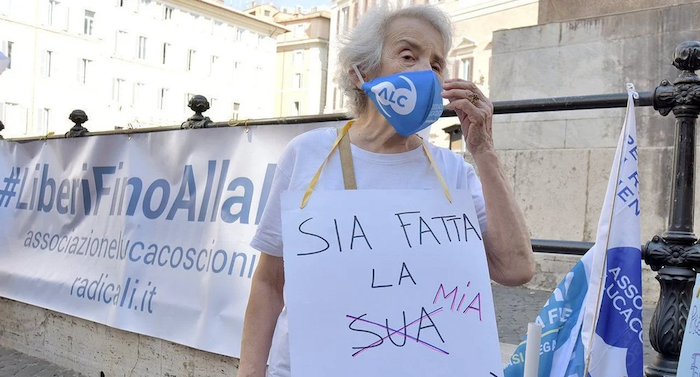Katie Engelhart’s book spells out the moral and practical conundrums

IF IT IS humane to put down a dog in unbearable and incurable pain, why not extend the same right to humans if they want it? That question echoes through “The Inevitable” as it follows four people in search of a good death—and in fear of a bad one.
Katie Engelhart’s deeply researched and beautifully reported book raises familiar quandaries. Do people have a right to die on their own terms? Should doctors help? Do motivations matter? And might a right become a duty for everyone who grows old, dependent or demented? It also considers less publicised problems, such as: how do people actually die? Advances in medicine and technology that have made pills and appliances safer have made it harder to achieve an “easy” or “peaceful” death for those who seek one.
As policymakers and ethicists ponder these moral conundrums, around the world people are taking matters into their own hands, a trend that gives Ms Engelhart’s book its urgency. Faced with intolerable suffering, her subjects have largely given up on laws and doctors and instead turn to strangers on the internet for help. For instance, Avril Henry, a British octogenarian, spent her nights “marinating in her pain” and considered eating lethal fungi from her garden to end it. But “death by mushroom could be slow, messy, painful. The Nembutal would work better.” The “Peaceful Pill Handbook”suggested buying that drug from either a vet-supply store in Mexico or the Chinese black market. Doubtful about Chinese merchandise, Henry settled on Mexico.
Over several years, Ms Engelhart’s main characters meticulously plan their escapes from old age, dementia and chronic or mental illness. She also follows two doctors, one of whom lost his licence for teaching people how to “exit” via “DIY death seminars”. At times the book itself has a DIY air, taking in the practicalities of connecting a gas canister to a plastic bag that can be placed over a head.
The similarity between the “euthanasia underground” that it describes and underground abortion networks is striking. The president of Compassion & Choices, a lobby group for doctor-assisted dying, once referred to plastic-bag hoods as “the end-of-life equivalent of the coat hanger”. Among those to have taken charge of their deaths were some early AIDS patients, their suffering immense, their fates fixed. Just having the right drugs, or knowing they could get them, seemed to make many of these young men feel better, recalls the more likeable of the two doctors.
Henry planned to kill herself with the Mexican drugs in her bathtub, but fretted that she would soil herself and that her house would smell. Dignity—in life and death—seems to preoccupy her and others above all. Even more than a bad death they fear a bad end to life, in which they are no longer themselves. A desire for autonomy runs through their stories like the thin veins of some of the characters.
Yet this is not a right-to-die manifesto. The author’s own ethical doubts are among the book’s strengths. She writes compassionately of her subjects’ struggles, but is more reserved about the motives of some of their helpers. She remains torn about what is perhaps the hardest question of all: euthanasia for victims of dementia. Rather than passing judgment, she presents facts. About half of Americans think patients do not have enough control over end-of-life decisions. Existing laws often have arbitrary effects.
After the drugs arrived from Mexico, Henry’s house was raided by police. She had discovered the concept of the “Completed Life”. “That’s when you feel that your life is shaped and finished. And the direction thereafter is down. I did have a complete life. It was a great life,” she told a friend. Soon after the raid she was found in her bathtub, having drunk the poison the police had missed. The note she left had a postscript: “If I have fouled the bath in death, please please be kind to wash it down.” She provided the disinfectant.
Complete Article ↪HERE↩!
